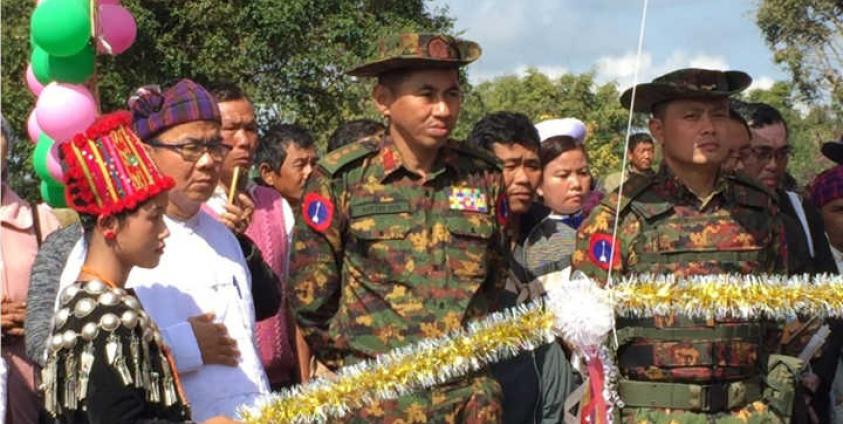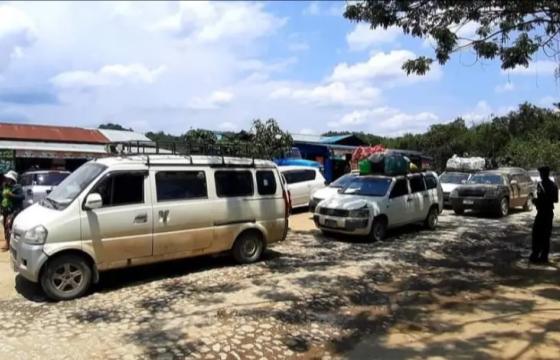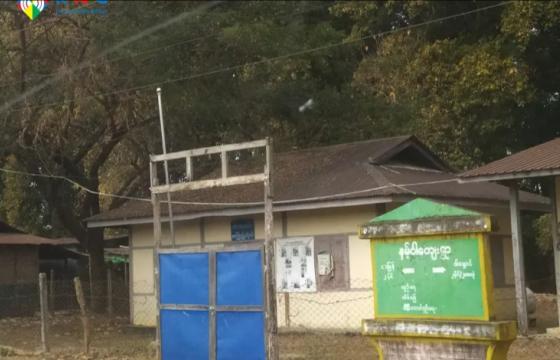Villagers in Nam San Yang, who returned to the community from internally displaced persons (IDP) camps more than one year ago, have said that landmines remain a prominent threat in the area where they now live.
The Burma Army and Kachin Independence Army (KIA) must negotiate the removal of all landmines around Nam San Yang as soon as possible, the villagers have said.
“If it’s possible, we want them to negotiate and remove all of the landmines. It’s really difficult for us to travel in the area,” Nang Tawng, who lives in Nam San Yang, told KNG. “We want to work on our rotating farms, but there are many landmines planted in the area around our rotating farms.”
Kachin State’s border affairs and security minister Col Nay Lin Tun has said in the past that the landmine removal process could be implemented once the KIA has signed the Nationwide Ceasefire Agreement (NCA) with the government and military.
Villagers say that this would not provide a realistic timeline.
“I think we would have to wait a long time for the KIA to sign the NCA. We are now struggling for our daily survival. That’s why we want the authorities to start landmine removal before the KIA signs the NCA,” Nam San Yang resident Hkawn Ra told KNG. “In this situation, we want both armies to negotiate to remove all landmines in our area.”
A resident of the community stepped on a landmine on February 14 as he set off to go fishing near Nam San Yang. He had to have one leg amputated as a result of the injuries he sustained.
Kachin singer Hpaula Gam Hpang, who has been working to promote IDP return to Nam San Yang, said that while the government is responsible for resettling the IDPs, the military and KIA must remove landmines in the area in which they will live. It is still unclear when or if the two armies will discuss the process as it relates to Nam San Yang.
More than 500 people from nearly 100 families have been living as resettled IDPs in Nam San Yang for nearly 14 months.
According to the Kachin Baptist Convention, preparations are currently underway to send 500 more IDPs to up to 10 villages in the near future.







